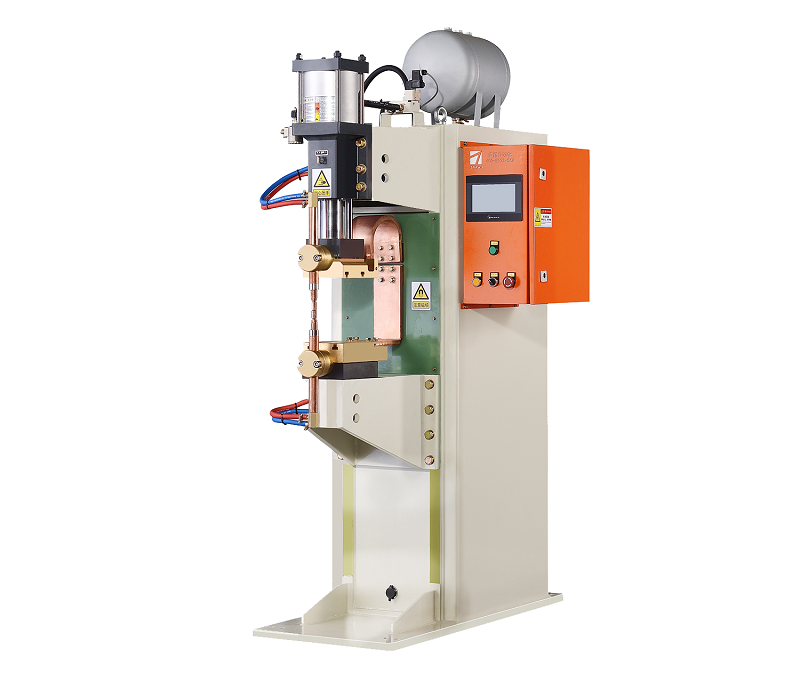Understanding Pre-Squeeze Time in Medium Frequency Spot Welding Machines?
In the realm of medium frequency spot welding machines, various parameters play a crucial role in determining the quality and efficiency of the welding process. One such parameter is the pre-squeeze time, a significant phase that occurs before the actual welding takes place. This article delves into the concept of pre-squeeze time, its purpose, and its impact on the welding process.

Defining Pre-Squeeze Time: Pre-squeeze time refers to the duration during which the electrodes of a medium frequency spot welding machine come into contact with the workpieces prior to the initiation of the welding current. This phase involves applying a specific amount of pressure between the electrodes and the workpieces to ensure proper alignment and stable contact.
Purpose of Pre-Squeeze Time: The primary purpose of pre-squeeze time is to prepare the workpieces for welding by ensuring uniform contact and alignment between the electrodes and the materials being joined. This phase eliminates air gaps, surface contaminants, and any irregularities that might hinder the effective flow of welding current during the subsequent welding stage.
Impact on Weld Quality:
- Consistent Welds: Proper pre-squeeze time guarantees uniform pressure distribution across the weld area, leading to consistent and reliable spot welds.
- Reduced Resistance: Eliminating air gaps and contaminants minimizes resistance in the welding circuit, allowing for efficient energy transfer during the welding process.
- Enhanced Weld Strength: Adequate pre-squeeze time ensures that the workpieces are securely held together, resulting in improved weld strength and integrity.
- Minimized Electrode Wear: By achieving optimal electrode alignment during the pre-squeeze phase, excessive wear on the electrodes is reduced, prolonging their lifespan.
Adjusting Pre-Squeeze Time: The duration of pre-squeeze time is adjustable and depends on factors such as the material being welded, the electrode material, and the specific requirements of the welding application. Proper calibration of this parameter is essential to achieve optimal weld quality and electrode life.
In the context of medium frequency spot welding machines, pre-squeeze time plays a vital role in setting the stage for successful spot welding operations. By ensuring proper electrode alignment, uniform pressure distribution, and the elimination of potential hindrances, pre-squeeze time contributes to the production of consistent, high-quality welds. Welding professionals and manufacturers should prioritize understanding and optimizing pre-squeeze time to enhance the overall efficiency and effectiveness of their medium frequency spot welding processes.